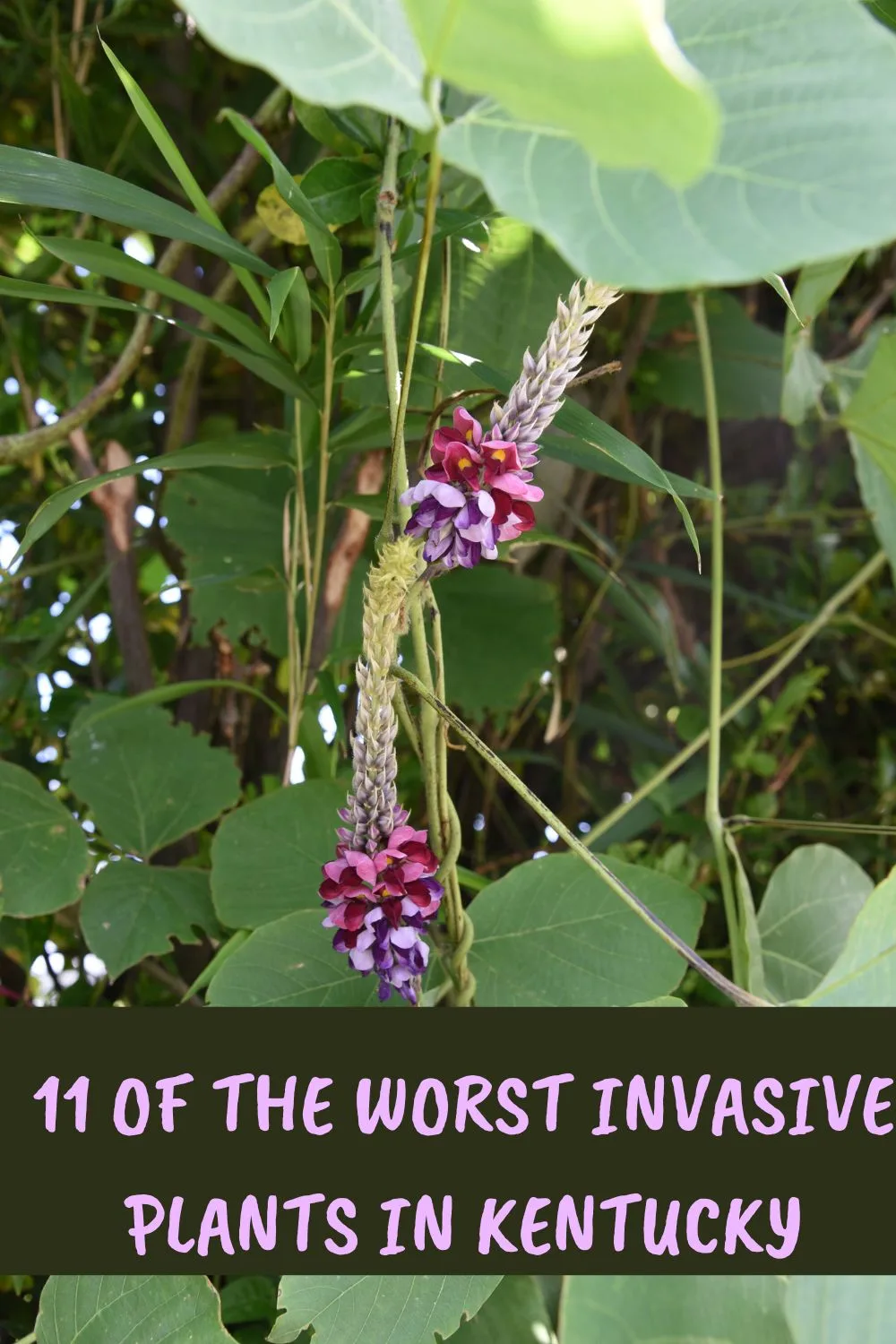About 145 invasive plant species threaten the natural areas of Kentucky, according to the Kentucky Invasive Plant Council. Many of these noxious weeds have been planted in gardens as ornamental landscaping plants, and some are still sold by garden centers.
Learn how to identify some of the worst invasive plants in Kentucky so you can remove them from your landscape and encourage garden centers to stop offering them. Instead, plant native species, which provide equally beautiful features to the landscape as well as numerous benefits to the surrounding ecosystem.
Invasive Plants in Kentucky
1. Bush honeysuckle (Lonicera spp.)
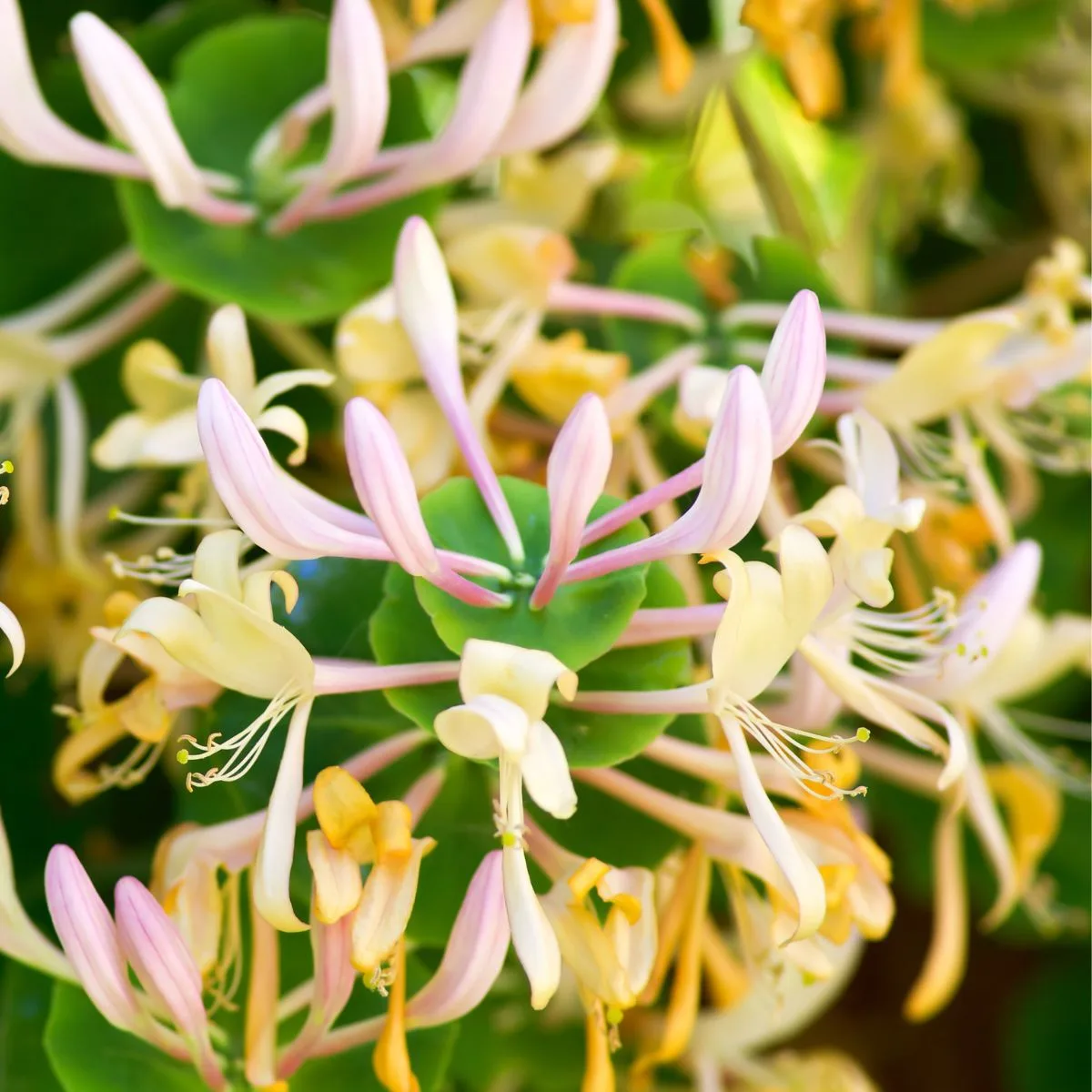
Four species of bush honeysuckle are considered invasive in Kentucky: amur (L. mackii), belle (L. x bella), Morrow’s (L. morrowii), and Tartarian (L. tartarica). All four have opposite, elliptic leaves; sweetly fragrant, tubular flowers; and dark red or, occasionally, yellow berries.
Amur and Morrow’s honeysuckle have white to yellow flowers, tartarian has white to red, and belle, a cross between Tartarian and Morrow’s, varies.
Smaller plants may be pulled or dug, with careful monitoring for resprouting from root fragments. Foliar, cut stump, and basal bark herbicide applications are also effective treatments. Plant native trumpet honeysuckle (L. sempervirens) or the very similar southern bush honeysuckle (Diervilla sessilifolia) instead.
2. Callery pear (Pyrus calleryana)
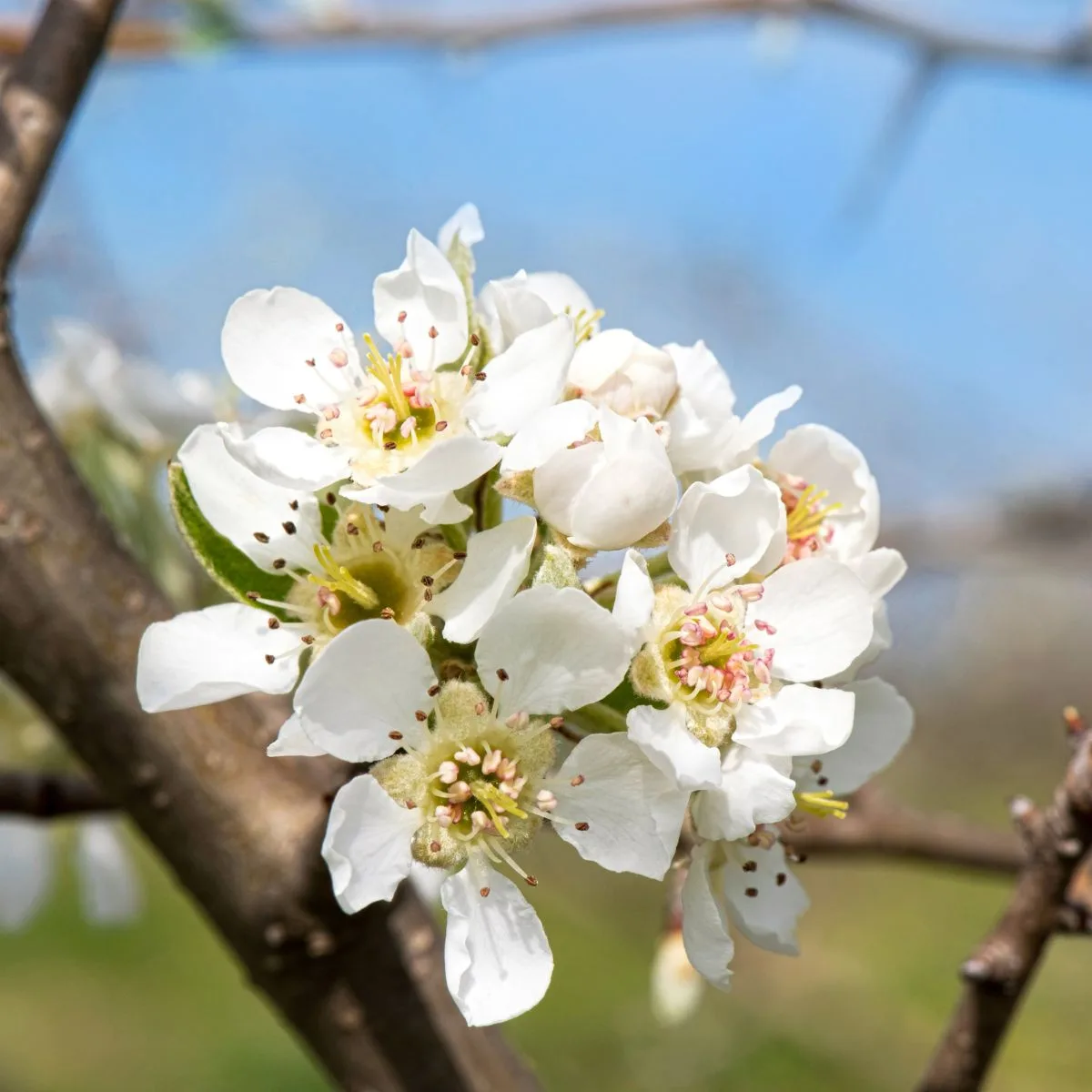
A popular ornamental tree, Callery pear grows up to 40 feet tall and has a rounded, teardrop silhouette. It has alternate, shiny leaves with wavy, finely-toothed margins. In spring, white, odorous flowers bloom before the leaves appear.
To control, pull seedlings and use basal bark or cut stump herbicide application on saplings and larger trees.
Plant native trees instead, like the beautiful fringetree (Chionanthus virginicus) or wild plum (Prunus americana).
3. Chinese silver grass (Miscanthus sinensis)
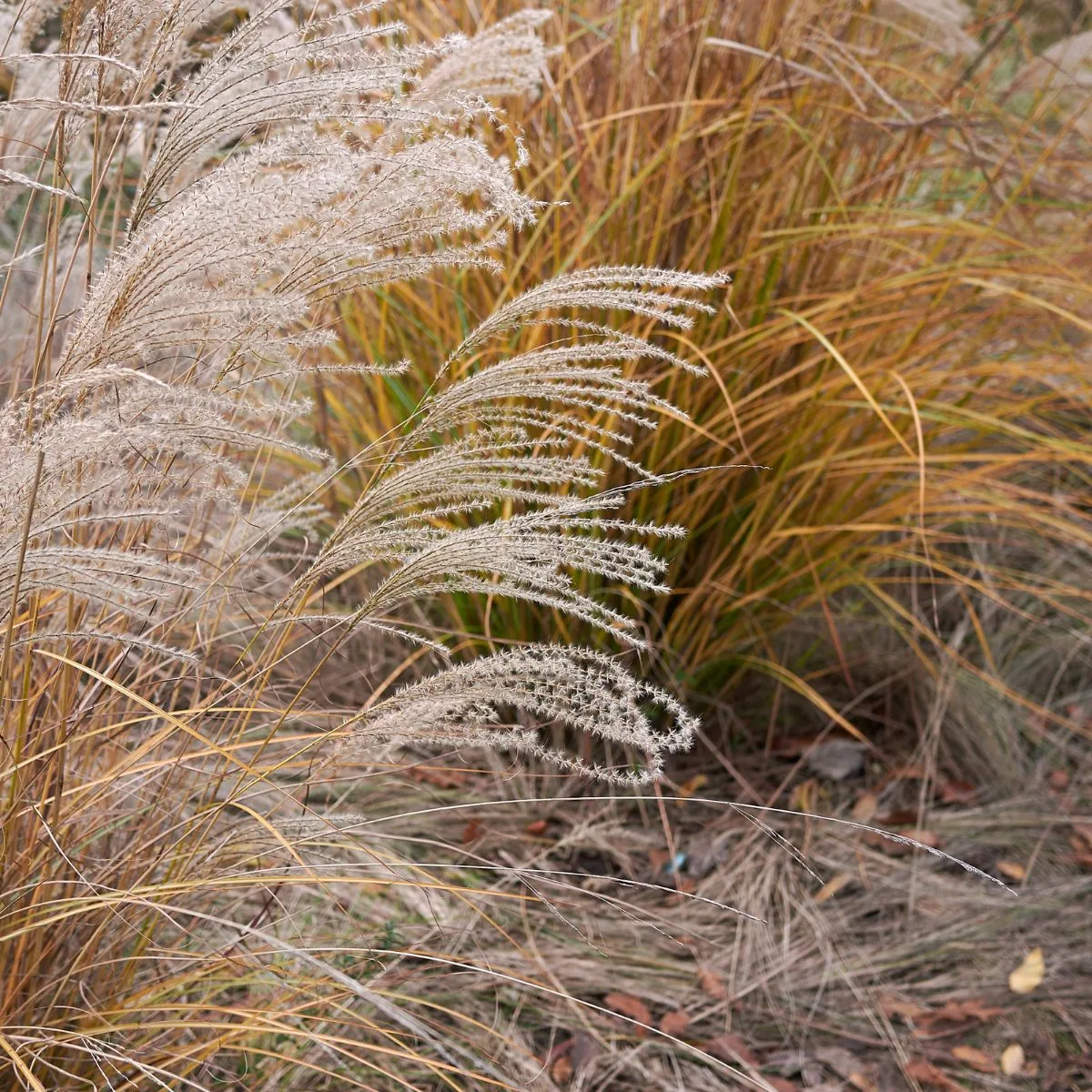
Chinese silver grass is a tall, clumping ornamental grass. The sparsely pubescent leaves have sharp, slightly serrated margins and taper to a point. Pale pink to reddish terminal panicles appear on long flowering stalks in late summer and into fall.
Herbicide is the most effective control method. Individual plants and small infestations can be pulled or dug, but root fragments may resprout.
Equally attractive native grasses to plant instead include big blue stem (Andropogon gerardii) and sugarcane plumegrass (Saccharum giganteum).
4. Garlic mustard (Alliaria petiolata)
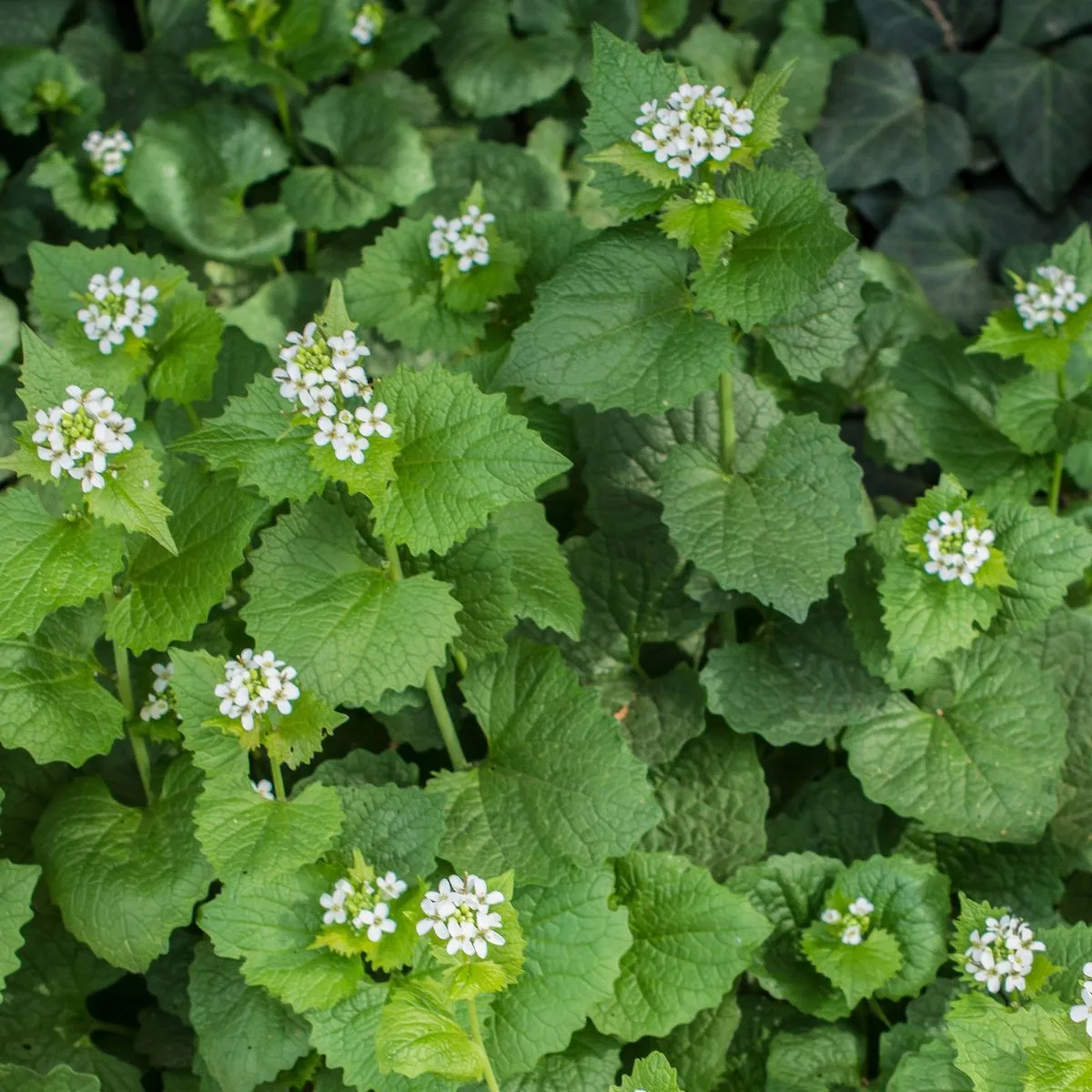
Garlic mustard gets its name from the garlicky odor that it emits when crushed. A biennial, it produces a rosette of deltoid leaves the first year and a tall flowering stalk the second year. The tiny white flowers bloom in clusters at the ends of the flowering stalks in spring, followed by vertical, narrow, green seed capsules.
Hand pulling is the most effective method and is best done before the plants go to seed. Wild violets (Viola spp.) resemble the first-year rosettes of garlic mustard, and white avens (Geum canadense) have a similar appearance to second-year plants.
5. Japanese knotweed (Polygonum cuspidatum)
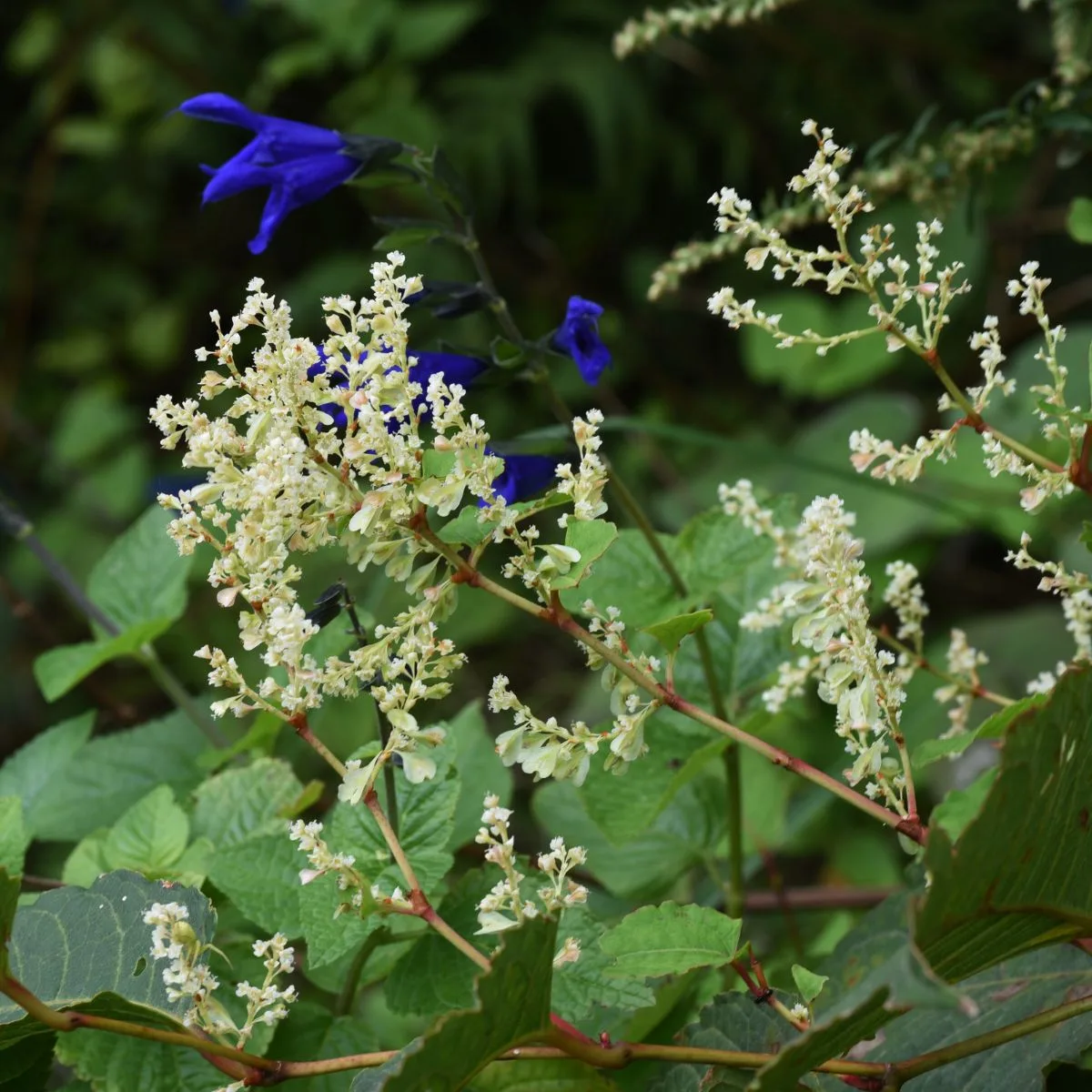
Japanese knotweed is a bushy, semiwoody perennial that quickly forms dense thickets. It has broadly ovate leaves, each with a pointed tip and a squared base. Axillary panicles of tiny, greenish-white flowers bloom in late summer.
Carefully pull or dig young plants or small infestations, removing the entire root system. Alternatively, use herbicide to reduce the likelihood of resprouting.
Native buttonbush (Cephalanthus occidentalis) has similar foliage and unique spherical heads of flowers, and goat’s beard (Aruncus dioicus) is another tall herbaceous plant with feathery white flowers.
6. Japanese stiltgrass (Microstegium vimineum)
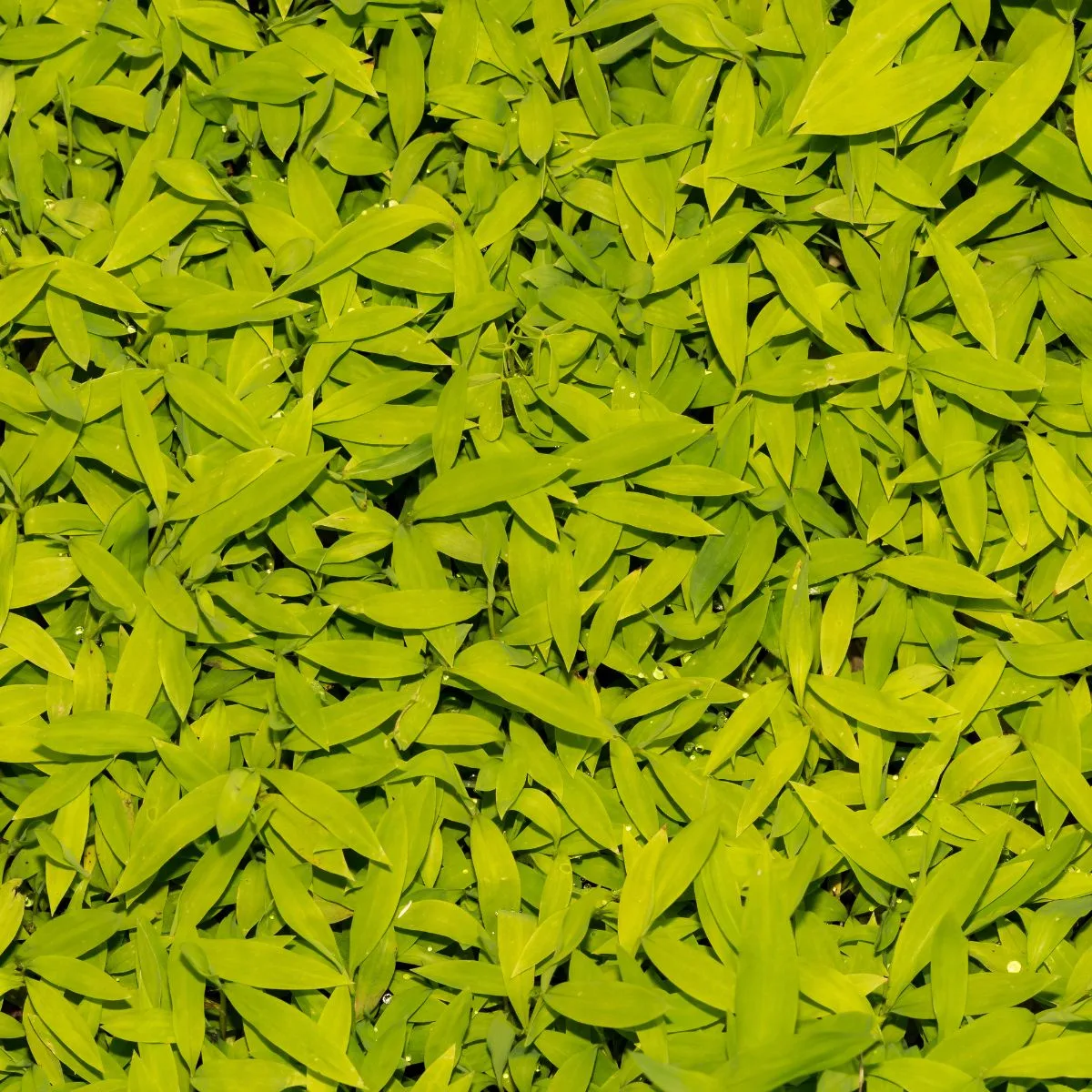
An annual, Japanese stiltgrass germinates in early spring but flowers in early autumn. This sprawling, freely branched woodland plant has narrowly elliptic leaves that are sparsely hairy on top and have a hairy margin on the sheath. Flowers and seeds are produced on narrow, branched spikes.
Hand-pull or mow Japanese stiltgrass in late summer, just before flowering, carefully monitoring for sprouting in subsequent years. Herbicide may be used on larger infestations.
Native grasses to plant instead include pink muhlygrass (Muhlenbergia capillaris) and little bluestem (Schizachyrium scoparium).
7. Kudzu (Pueraria montana)
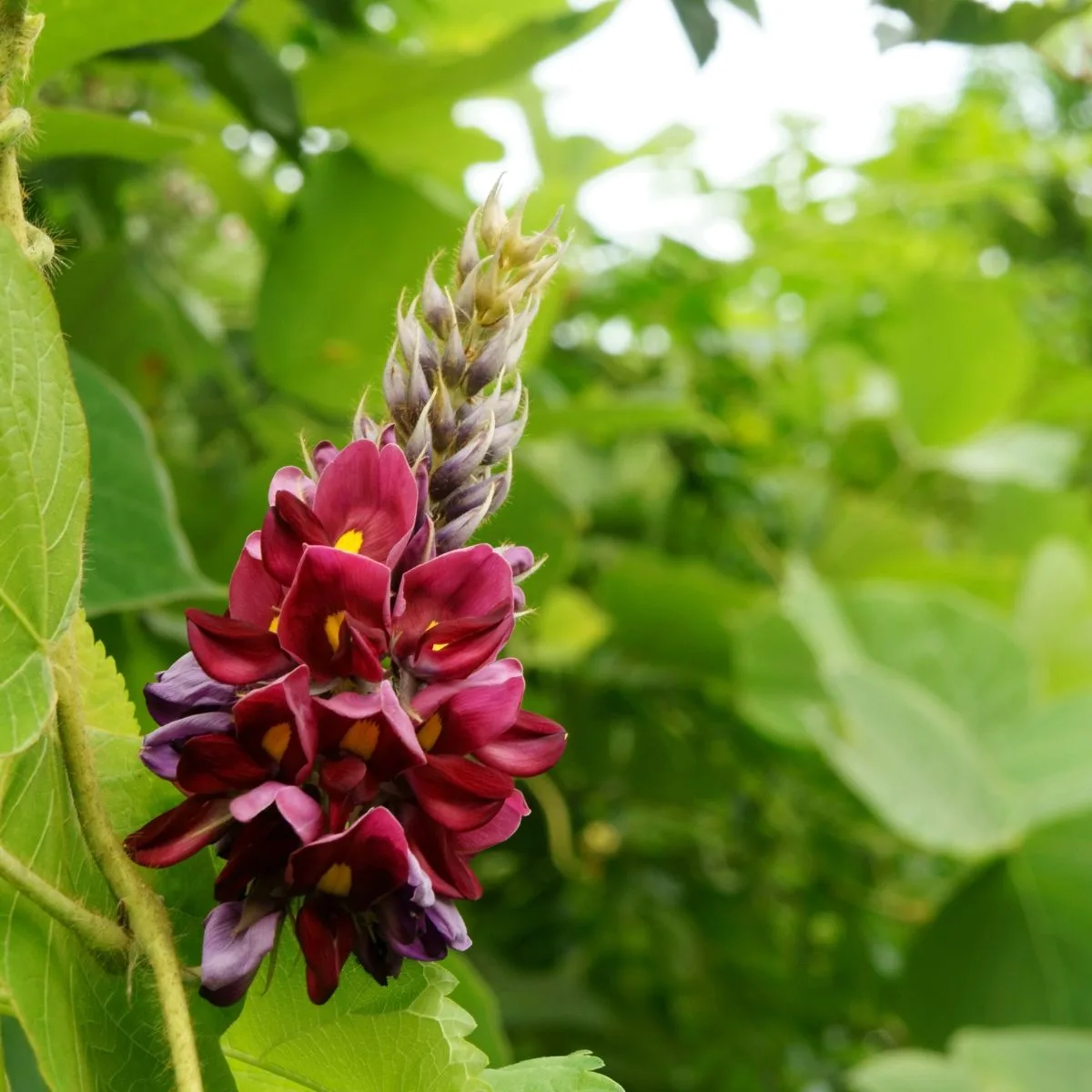
Kudzu is an extremely aggressive woody vine that reaches lengths of nearly 100 feet and has deep, tuberous roots. The alternate, trifoliate compound leaves have four-inch leaflets each with up to three lobes and hairy margins. Its purple, fragrant flowers resemble pea blossoms and bloom in long racemes. Flat, hairy seed pods follow.
Dig small plants or use cut stump, foliar, or root crown herbicide application on older plants and larger infestations.
Plant native vines instead, like virgin’s bower (Clematis virginiana) or American wisteria (Wisteria frutescens).
8. Multiflora rose (Rosa multiflora)
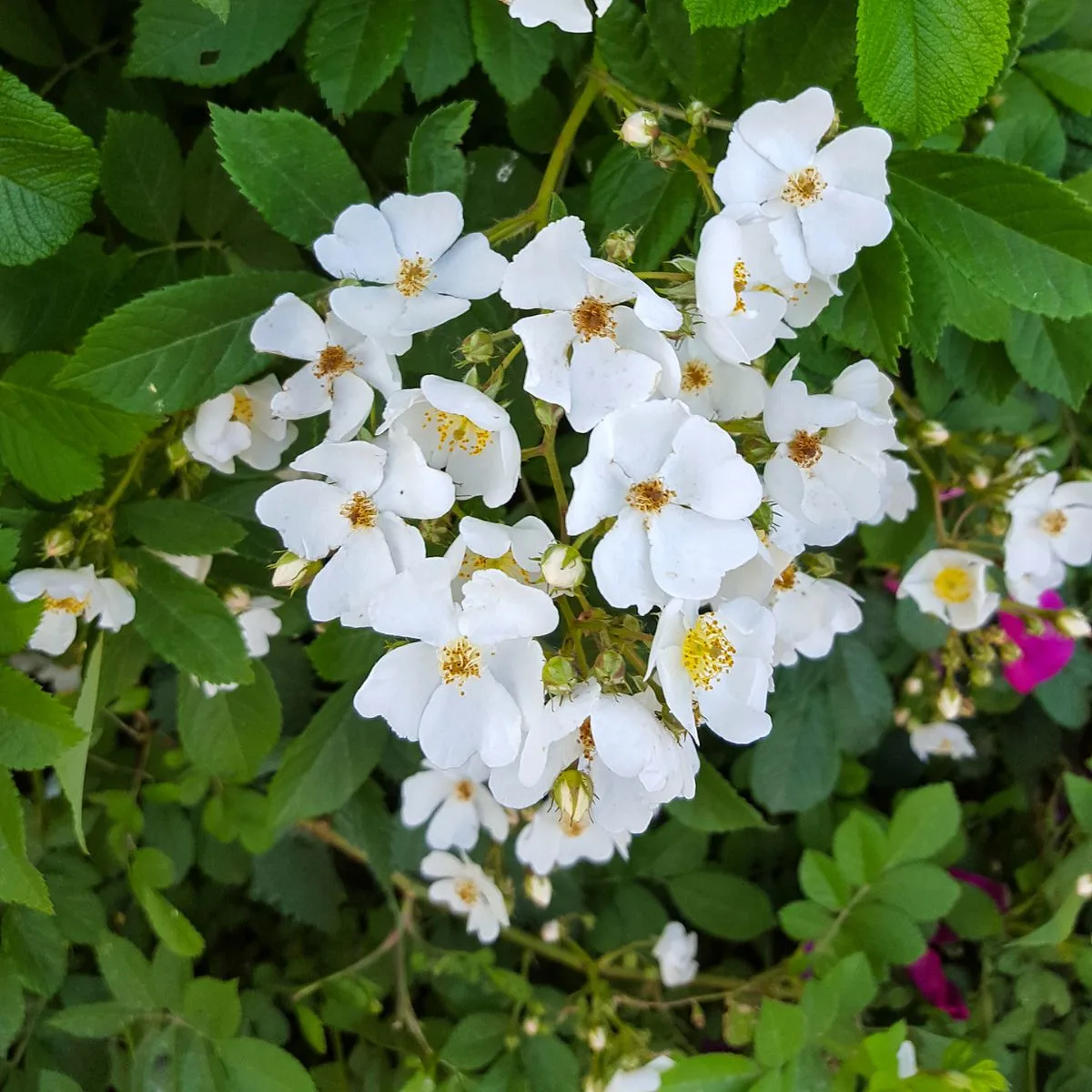
The arching stems of multiflora rose have curved thorns and pinnately compound leaves with seven to nine elliptic, finely serrated leaflets. White to pinkish flowers bloom from May to July with half-inch petals and are followed by bright red rose hips up to a half-inch long.
Use cut stump or basal bark herbicide application or, for large, dense infestations, foliar spray.
Several native roses grow in Kentucky, including prairie rose (Rosa setigera) and swamp rose (Rosa palustris).
9. Oriental bittersweet (Celastrus orbiculata)
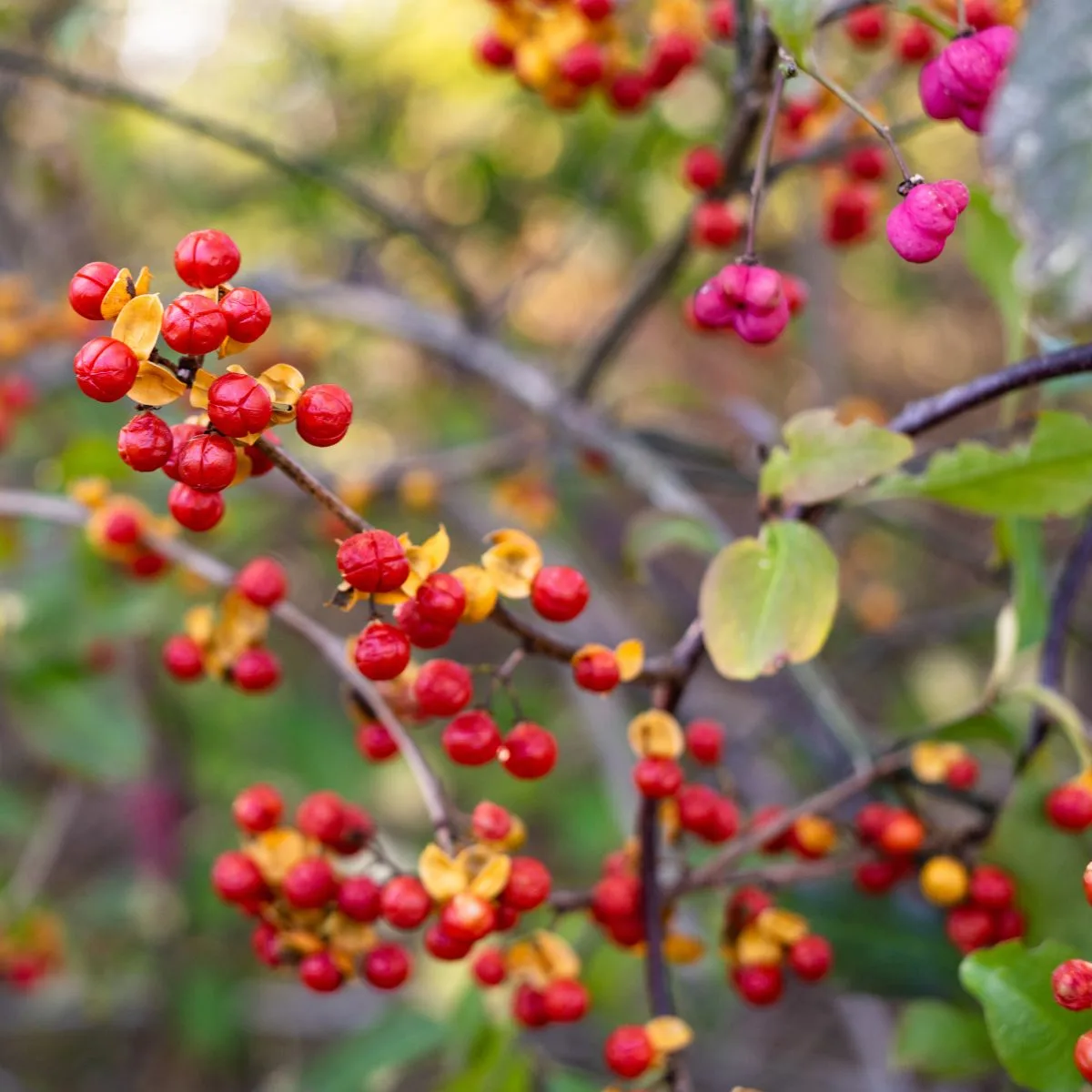
A deciduous, woody vine, oriental bittersweet can also become a trailing shrub. The alternate, ovate leaves have shallow, rounded teeth. Greenish-yellow flowers give way to bright yellow fruits, which split open to reveal a tight cluster of three bright red arils containing seeds.
Dig up small plants (careful to remove all roots), use cut stump herbicide application on mature plants, or use foliar spray on larger infestations.
Plant American bittersweet (Celastrus scandens) instead, or another native vine, like crossvine (Bignonia capreolata).
10. Purple loosestrife (Lythrum salicaria)
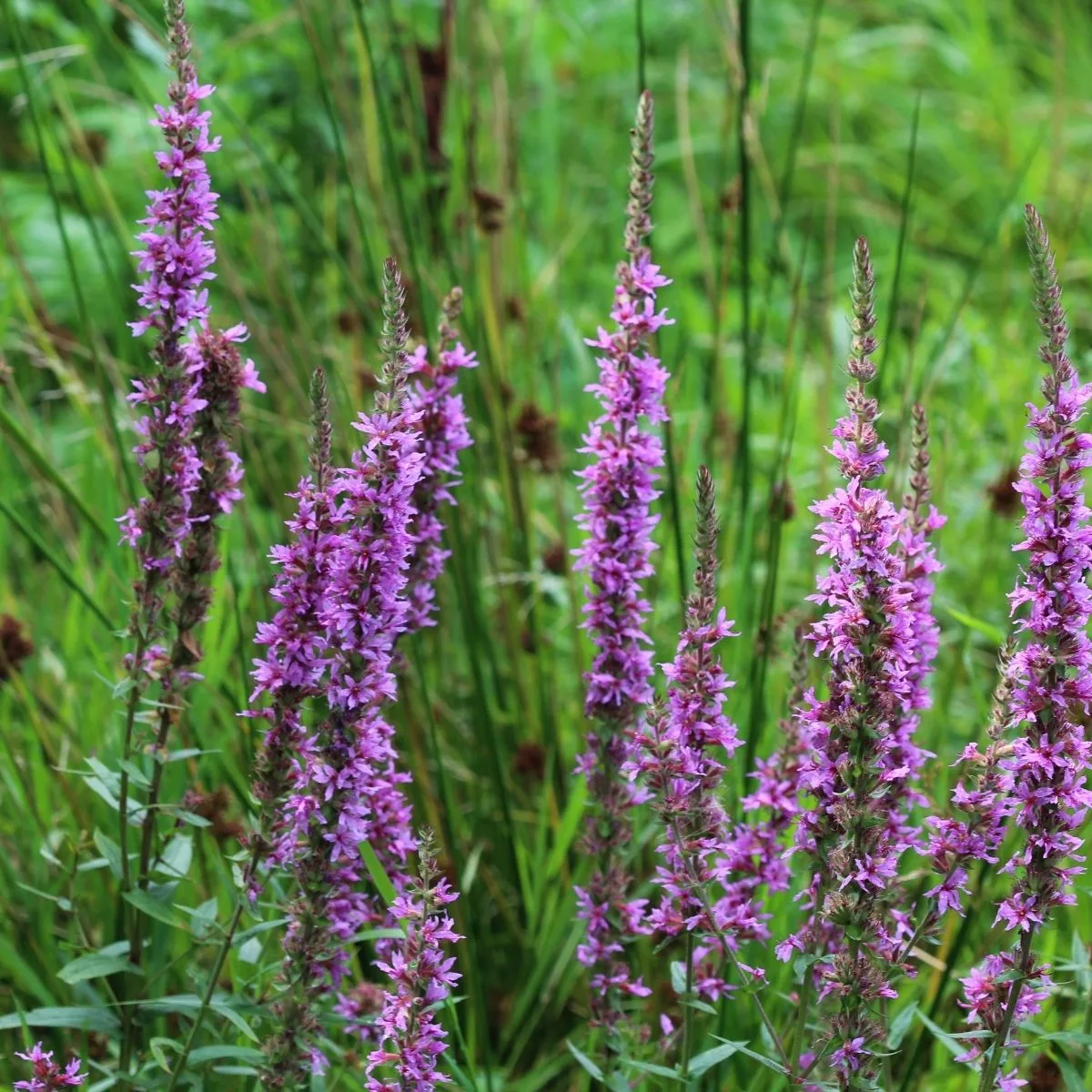
A wetland perennial, purple loosestrife can form stands of plants with 30 to 50 shoots each, reaching an average of five feet tall. It has square, pubescent stems and lance-shaped leaves in pairs or whorls of three. The showy purple flowers bloom in tall, terminal spikes.
For small infestations, hand-pull young plants and dig older plants, ideally before flowering. For larger infestations, cut and spray plants with herbicide or use foliar spray.
Plant native winged loosestrife (Lythrum alatum) instead, or another similar wildflower, like blazing star (Liatris spicata).
11. Winged burning bush (Euonymus alatus)
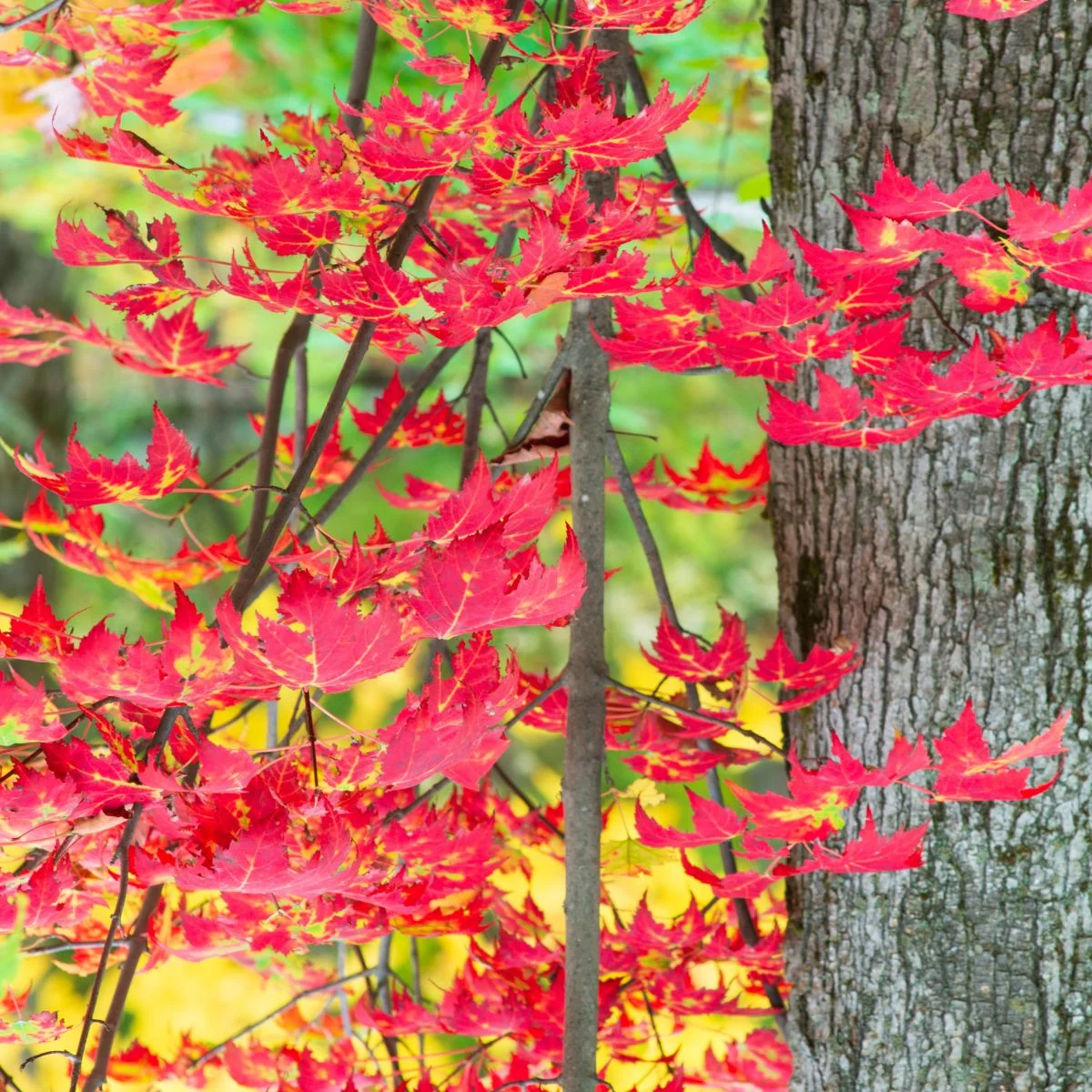
Winged burning bush is a deciduous shrub named for the corky ridges, or wings, that often grow along young stems. Its opposite, ovate leaves taper at the ends and turn crimson or purplish in autumn. Inconspicuous greenish flowers precede reddish seed capsules that split open to show fleshy, orange seeds.
Seedlings can be pulled or dug. Larger plants should be cut and the stumps applied with herbicide.
Two other species of Euonymous are native to Kentucky: strawberry bush (E. americanus) and eastern wahoo (E. atropurpureus).
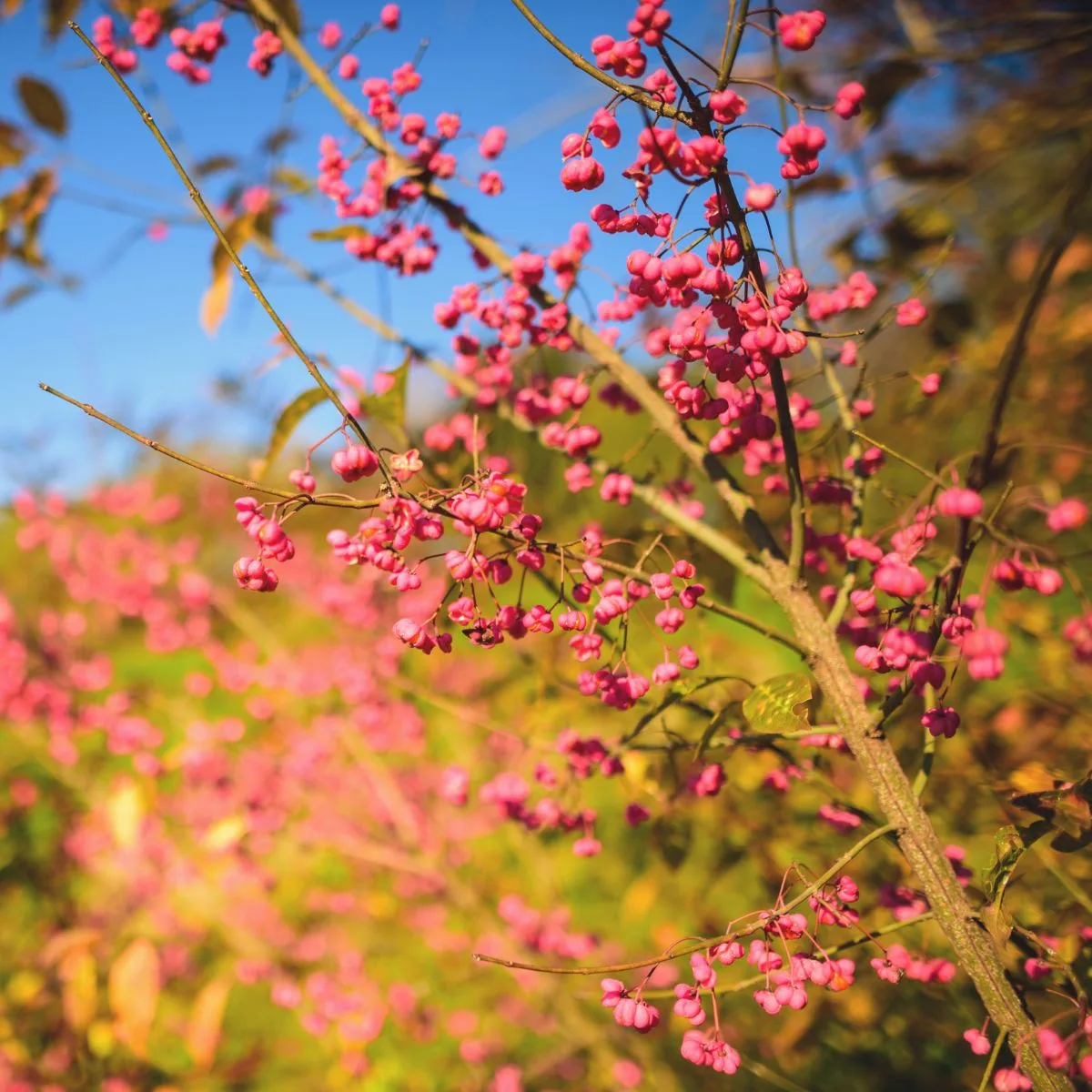
Eleven out of 145 may feel like a drop in a bucket, but you’ve just taken a great first step in fighting invasive plants in Kentucky by learning about some of the worst offenders. Now you can recognize these noxious weeds when you see them in your landscape or a garden center and take steps to get rid of them.
As a bonus, you know which native Kentucky plants to replace them with, too!
